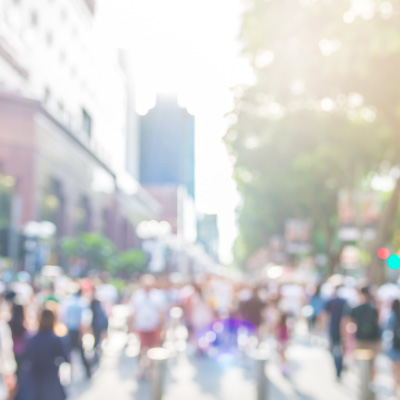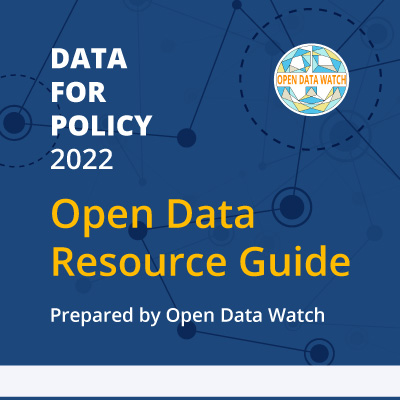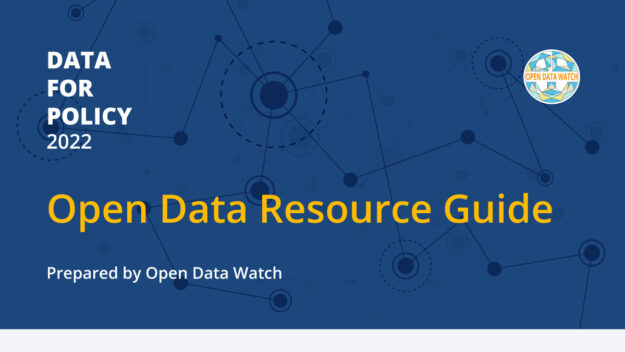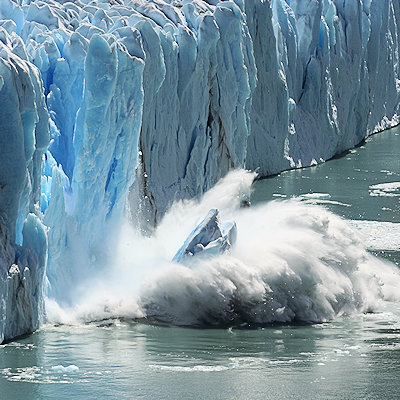Open Data Watch is an international non-profit, non-governmental organization that works at the intersection of open data and official statistics. It monitors the accessibility and comprehensiveness of official data in over 180 countries and provides practical information and assistance in implementing open data policies and systems. The Open Data Watch team has unparalleled experience in development data and is committed to making open data a global reality in support of Sustainable Development Goals.
As 2022 comes to a close, Open Data Watch (ODW) reflects on what has been achieved and what is left to be done to support open data for development, better data governance, fewer data gaps, and more impactful data use to improve people’s lives.worldwide — all eight billion of them.
As 2022 comes to a close, Open Data Watch (ODW) reflects on what has been achieved and what is left to be done to support open data for development, better data governance, fewer data gaps, and more impactful data use to improve people’s lives.worldwide — all eight billion of them.
Open data can be powerful for informing policies, increasing transparency and measuring progress. But making data open takes commitment, organization, and technical capacity. Ahead of the upcoming Data for Policy conference, Open Data Watch offers this guide to common questions, persistent challenges, and progress to-date,
Open data can be powerful for informing policies, increasing transparency and measuring progress. But making data open takes commitment, organization, and technical capacity. Ahead of the upcoming Data for Policy conference, Open Data Watch offers this guide to common questions, persistent challenges, and progress to-date,
To make progress on climate change, countries need to know how to measure their goals and spur innovation in both the collection and use of climate change data.
Open Data Watch is pleased to welcome our first Visiting Statistician, Luis Gonzalez Morales, who joins us from the United Nations Statistics Division.
Billions of gigabytes of data are produced daily, but valuable data often pass into “data graveyards” — lost when most needed for evidence-informed decisions on pandemics, climate change, and energy and food insecurity. This report finds best practices to improve data use and impact.
Billions of gigabytes of data are produced daily, but valuable data often pass into “data graveyards” — lost when most needed for evidence-informed decisions on pandemics, climate change, and energy and food insecurity. This report finds best practices to improve data use and impact.
Billions of gigabytes of data are produced daily, but valuable data often pass into “data graveyards” — lost when most needed for evidence-informed decisions on pandemics, climate change, and energy and food insecurity. This report finds best practices to improve data use and impact.
Investing in data ecosystems that include gender is vital to responding to pandemics, climate change, and global conflicts. But closing the gender data financing gap needs a strategy to make funding to go further in a time of scarcity.










